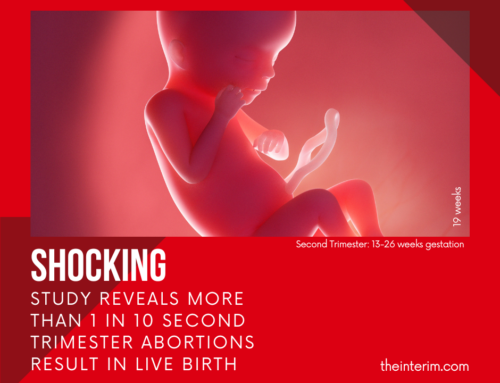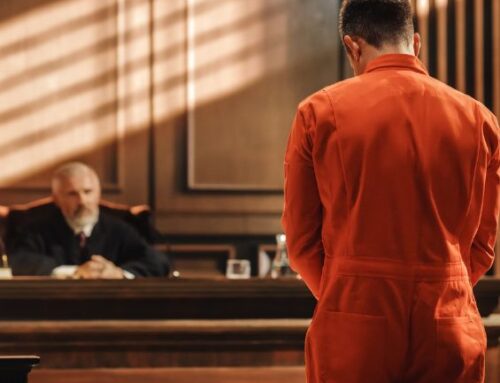Charles E. Rice, No Exception: A Pro-life Imperative, Notre Dame, Indiana: Nyholland Press, 1990.
To gain its objectives, the pro-life movement must demand that the law fulfill, without exception, its duty to protect innocent life. Over the past decade, unfortunately, that movement has endorsed in practice the pro-death principle that the law can validly tolerate the intentional killing of innocent life.
Loss of faith
Legalized abortion and euthanasia, Rice contends are essentially symptoms of the loss of faith in God. They are religious issues. It is fruitless to try to restore legal protection for the right to life without confronting this problem of faith.
Whether we are talking about automobiles, human beings, or society, he writes, the natural law is the story of how things work. It dictates that human law can never legitimately tolerate the intentional killing of innocent human beings.
Human law, St. Thomas Aquinas said, is enacted “for the common good of all the citizen,” and its purpose “is to lead men to virtue, not suddenly but gradually.” It should not prescribe every virtue and forbid every vice, because such measures would be unenforceable and the law would be despised. Murder, however, is one evil which the law is bound to forbid because it is one of the vices without the prohibition of which society cannot be maintained.
Dominant elements
In his view, the dominant elements in the pro-life movement in the U.S. have spent over a decade in validating the pro-death principle that the law may legitimately allow the intentional killing of innocent human beings. There are some issues on which it cannot compromise, and a gradualist approach to the elimination of abortion means a surrender of basic principles.
In an article they wrote in May 1990, Harvard law professor Mary Ann Glendon and Jesuit priest Father George Weigel said that the goal of conscientious Catholic politicians must be complete protection for unborn human life – but that this goal would have to be pursued incrementally. Protection for some infants, they argued, at least establishes a legal beachhead for the principle that human life must be legally respected. Professor Rice argues that the incremental approach flounders on its own logic.
In every abortion is really the killing of a human being, how can a movement be pro-life unless it insists that the killing be stopped, absolutely?
Is it really pro-life to propose that the killing be done only under certain conditions?
Papal statements
The incremental approach requires analysis in the light of certain papal statements, Prof. Rice points out. The 1974 Declaration on Procured Abortion states clearly that a Christian can never conform to a law which is itself immoral, “and such is the case of a law which would admit in principle the liceity of abortion.”
In Washington on October 7, 1979, Pope John Paul declared, “When the sacredness of life before birth is attacked, we will stand up and proclaim that no one ever has the authority to destroy unborn life.” The statements are clear, forthright, and not susceptible of qualification.
This is an outline of Rice’s argument, which he pursues forcefully and well. In support of it, he devotes five pages to a pastoral letter issued on June 1, 1990, by Bishop John J. Myers of Peoria, Illinois, on “The Obligations of Catholics and the Rights of Unborn Children.”
Bishop Myers is not afraid to say that the Church’s moral teaching on abortion must be followed by all Catholics, and that those who dissent from it must realize that they have freely, by their own actions, separated themselves from what the Catholic Church believes and teaches.
Dr. Jerome Lejeune
The chapter preceding this one is itself worth the price of the book, for it summarizes the testimony of Dr. Jerome Lejeune in the 1989 Tennessee case concerning the ownership of seven frozen embryos.
Dr. Lejeune described the fertilized egg as “the most specialized cell under the sun;” he also said that to print letter by letter all the information contained in that egg you would need five sets of the Encyclopedia Britannica. Moreover, whereas the justices of the Supreme Court of Canada do not recognize a full-time fetus as distinctly human, Lejeune expects his students to be able to recognize this when they have only one cell to go on:
Even to kill a zygote, Lejeune declares, is killing a member of the human species.
The logic in Rice’s books is compelling.
“Abortion and euthanasia are symptoms of a total rebellion against God’s law. In the face of that disorder, a partial, compromising response is insufficient. Rather, the response must be total as the disorder is total. And it must be essentially religious because the disorder is religious.”




